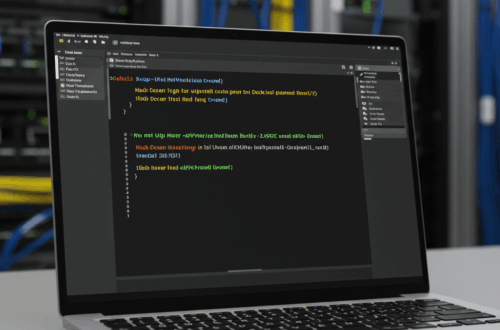Effortless GPU Storage: Sync and Mount Volumes Across Cloud Providers
Managing storage volumes for GPU instances across different cloud providers can be a real headache. Finding available GPUs in the same region as your data is often a frustrating game of chance. A new platform aims to simplify this process by allowing you to sync and mount storage volumes on GPUs from various providers like Lambda Labs, RunPod, Hyperbolic, and Nebius.
The Challenge of Multi-Cloud GPU Storage
Working with GPUs in the cloud offers incredible flexibility and power, but managing the associated storage can quickly become complex. Each provider has its own infrastructure and regional availability, meaning your data might not always be readily accessible to your GPU instances. This can lead to delays, increased costs, and a lot of wasted time trying to match available resources.
A Unified Approach to Volume Management
This new platform seeks to solve this problem by providing a unified interface for managing your storage volumes. It allows you to sync your data to a central location and then easily mount those volumes to GPU instances across different cloud providers. Imagine having your datasets readily available, regardless of which provider or region you choose for your GPU compute. This can significantly streamline your workflow and save your team countless hours each month.
How It Works
While specific details are still emerging, the platform likely operates by creating a centralized storage hub. You upload your data to this hub, and the platform handles the synchronization and mounting to your chosen GPU instances. This abstracts away the complexities of managing storage across multiple providers, giving you a single point of control.
- Step 1: Upload your datasets to the platform’s central storage.
- Step 2: Select your desired GPU configuration from any supported cloud provider.
- Step 3: Mount your pre-synced volume to the selected GPU instance with a few clicks.
Potential Benefits and Considerations
The promise of seamless cross-cloud storage for GPUs is enticing. It could dramatically simplify workflows, reduce management overhead, and enable greater flexibility in choosing GPU resources. However, it’s also important to consider potential factors like data transfer costs, latency between storage and compute, and the platform’s security measures.
Getting Started
As the platform evolves, more information will become available on how to get started. Early adopters can likely expect a straightforward onboarding process, involving creating an account, uploading data, and connecting to their preferred cloud providers.
Looking Ahead
This platform represents a promising step towards simplifying the complexities of multi-cloud GPU computing. By abstracting away storage management, it empowers users to focus on what matters most: their work. While the long-term success will depend on factors like performance, cost-effectiveness, and security, the potential to streamline workflows and unlock new possibilities is significant.
Solving Common GPU Storage Challenges
Many users encounter issues like regional availability limitations or complex configuration processes when trying to mount volumes to their GPU instances. This new platform addresses these challenges by providing a centralized and simplified approach to storage management.
Optimizing Performance and Costs
By enabling users to choose the best GPU resources for their needs, regardless of storage location, this platform can potentially help optimize both performance and costs. This is a significant advantage in the rapidly evolving landscape of cloud computing.






